What Can Cause a Transmission to Not Go in Reverse
Are you struggling to get your car going in reverse? It may sound like a costly repair to fix, but not always!
There are actually a lot of different things that can cause the transmission to not go into reverse.
Let's dive straight into it!
The most common reason why your car won't go in reverse is due to a low transmission fluid level. It can also be caused by a bad range sensor or gear lever sensor. If you have a manual car it may be an issue with the gear shifter mechanism.
While these are far from all the possible causes, it's the most common ones. Here is a more detailed list of the most common causes of a car that won't go in reverse.
8 Causes Why Your Car Won't Go in Reverse
1. Low Transmission Fluid Level (Automatic)

Your car needs transmission fluid to transfer force from the engine to make the wheels turn. If the transmission fluid is low, it might cause it not to build up enough fluid pressure to move your car.
Usually, when you have a low transmission level, it will not make your car go forward either, which I guess your car does because you only searched for why it won't go into reverse.
However, checking the transmission fluid level is easy and can tell you many things about the problem. If the fluid looks super black and dirty, it may be time to change it. If you can see metal parts in the fluid, it may be something damaged in your transmission.
2. Transmission Range Sensor (Automatic)
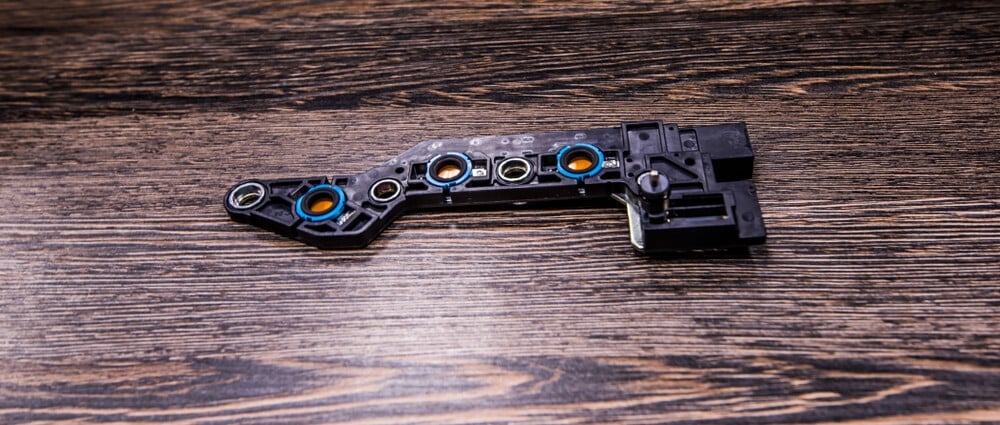
A lot of cars have a transmission range sensor installed on the outside of the gearbox. This sensor is feeling which gear you selected from the gearstick and if it matches with the sensor on the gear stick.
If this sensor is miscalculated or reading wrong information, the transmission may not realize that you want to go into reverse, and it will do nothing instead.
The easiest way to find this out is to check the transmission control module's values to the engine control unit. You can often check live data to ensure the TCM recognizes when the gear stick is in R.
On some car models, there is an adjustment on this sensor that needs to be adjusted sometimes. Often you need a diagnostic tool to adjust this sensor.
This sensor can also be installed inside of your transmission, which might make it more difficult to replace.
3. Gear Lever Sensor (Automatic)
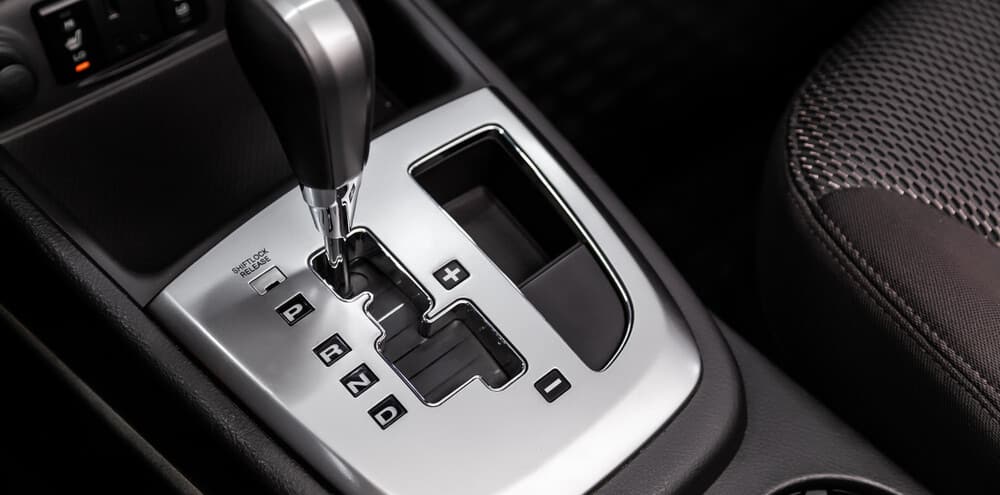
Also, the gear stick is sending information to the TCM of which gear is selected. If the gear stick sensor sends that your car is in Neutral, even if your gear stick is in R, it will not move the car.
This is also easiest diagnosed with a diagnostic tool to see what information the transmission control module gets from the gear stick.
Sometimes the sensor is integrated with the gear stick, and in these cases, you have to replace the whole gear stick unit.
Some car models do not have a gear stick sensor, though, only using the transmission range sensor on the transmission. You need to check this before any repair to make sure you are not replacing any unnecessary parts.
4. Faulty Valve Body (Automatic)

The valve body inside the automatic transmission is controlling the shiftings and other functions in the transmission. If the valve body gets bad, it can cause a lot of different symptoms in your car.
Sometimes a shift solenoid can make your car not going into reverse, usually located in the valve body. You can replace the shift solenoid separately in some car models, but you have to replace the whole valve body in some car models.
A valve body is quite expensive, and you need to diagnose it carefully before deciding to replace it.
5. Faulty Gear Shifter mechanism (Manual)

Now we went through the most common causes of an automatic transmission, so let's check out the causes of a manual transmission.
The most common cause of a manual transmission that won't go into reverse is a faulty shifter mechanism or faulty shifter cables.
The shifter mechanism is located in the gear shifter, which can also include adjustments. If you haven't adjusted the shifter for a while, you may need to do it.
Check your repair manual to see if you have an adjustable gear shifter and how you can do it yourself.
6. Faulty Shifter Cables (Manual)
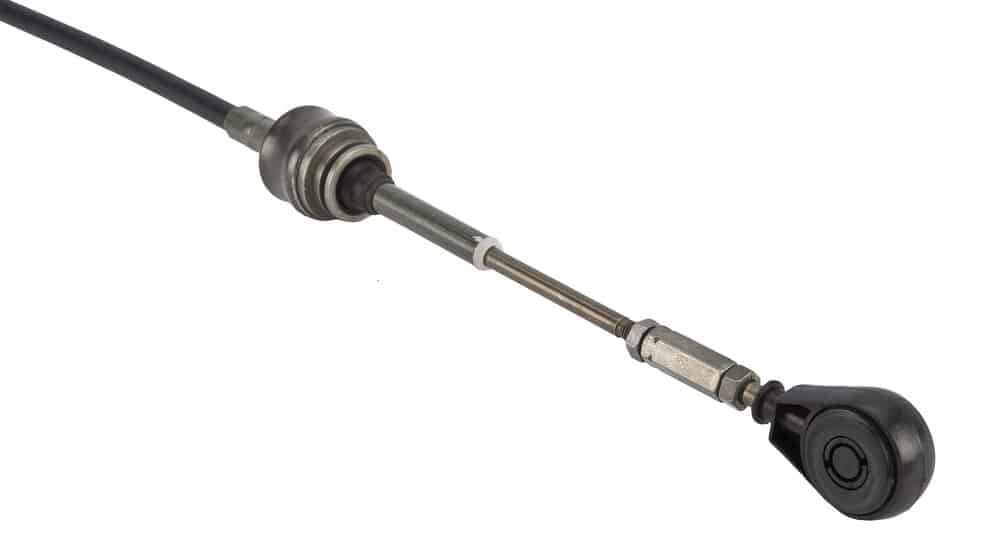
Often if you have a front-wheel driven car, you will have steel cables going from the gear stick to the transmission. These steel cables do often have adjustments to make sure your shiftings becomes easy without a struggle.
If you haven't adjusted these adjustments for a very long time, it may cause it to not going into some gears, like the reverse, for example.
Check your repair manual to find any information about adjustments on these cables. Sometimes, the adjustment is located at the shifter arm on the gearbox or in the car's gear shifter.
Some rear-wheel-drive or 4wd cars do have the shifter directly into the gearbox, though, and in this case, your car does not have these cables.
7. Faulty Clutch (Manual)
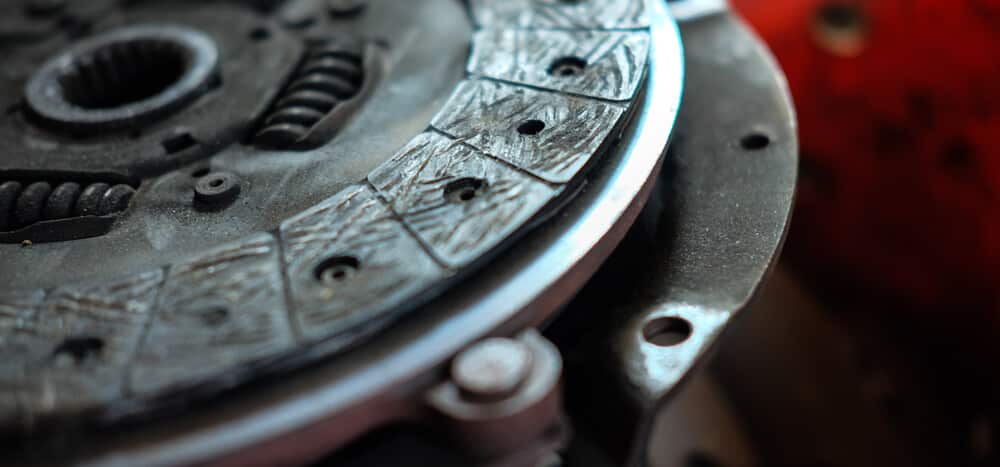
A faulty clutch is something you do not want to happen because it is often quite expensive to repair.
When a clutch is faulty, it may cause your shiftings to become difficult. Often, when the clutch is bad, it will affect all gears, but it can affect only the reverse gear in some cases.
If you have an old car with a cable pulling the clutch, you may need to adjust the cable after the suggestion in your repair manual.
If you have shifting problems in all gears and if your clutch is applying very late on the clutch pedal, it may be a bad clutch causing it.
8. Broken Teeth on Reverse Gear (Manual and Automatic)
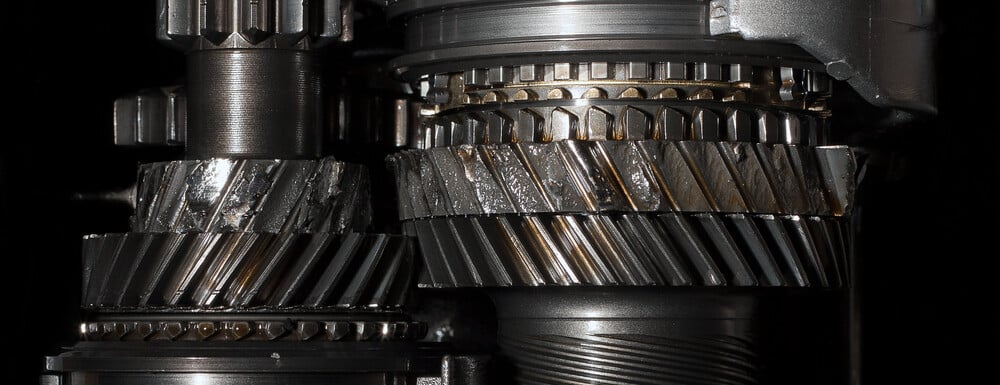
This is the last possible cause and the one you really do not want to happen.
For the car to move in reverse, it needs to connect a reverse gear. If this reverse gear became damaged, it might cause your car to not going in reverse at all.
Repairing the reverse gear is often very expensive, and it is often more price-worth to replace the whole gearbox or transmission with another used one.
However, this is not very common, and you should really check all other causes carefully before you check into this problem.
What Can Cause a Transmission to Not Go in Reverse
Source: https://mechanicbase.com/transmission/car-wont-go-in-reverse/
0 Response to "What Can Cause a Transmission to Not Go in Reverse"
Post a Comment